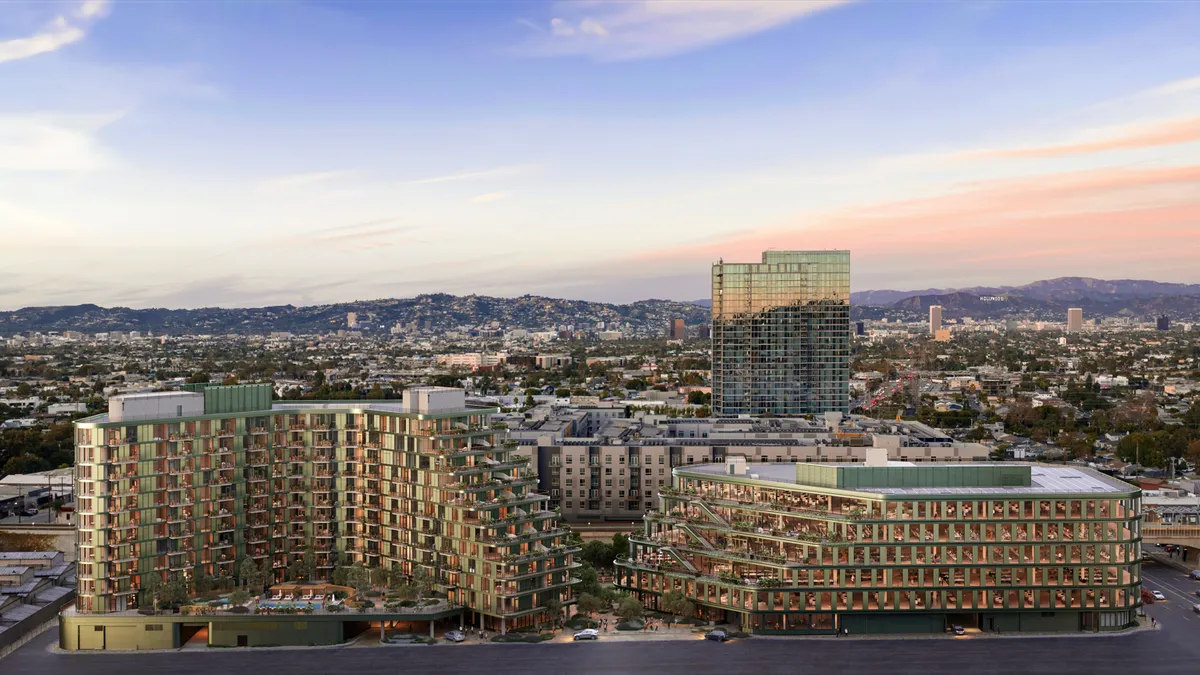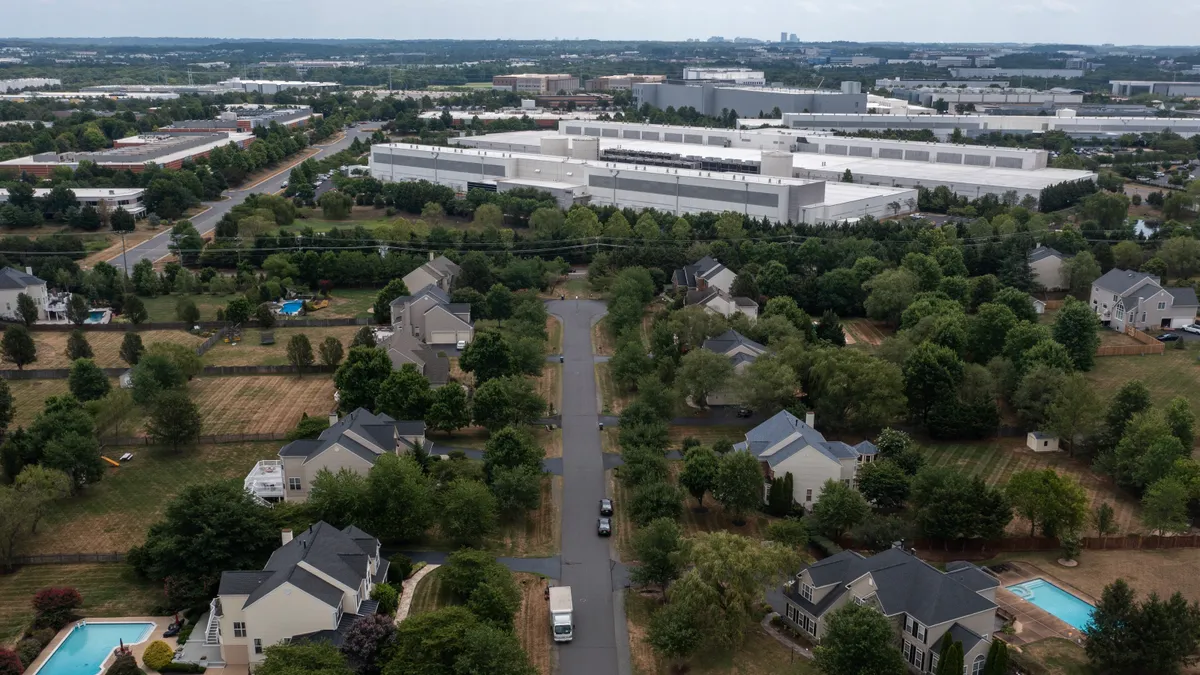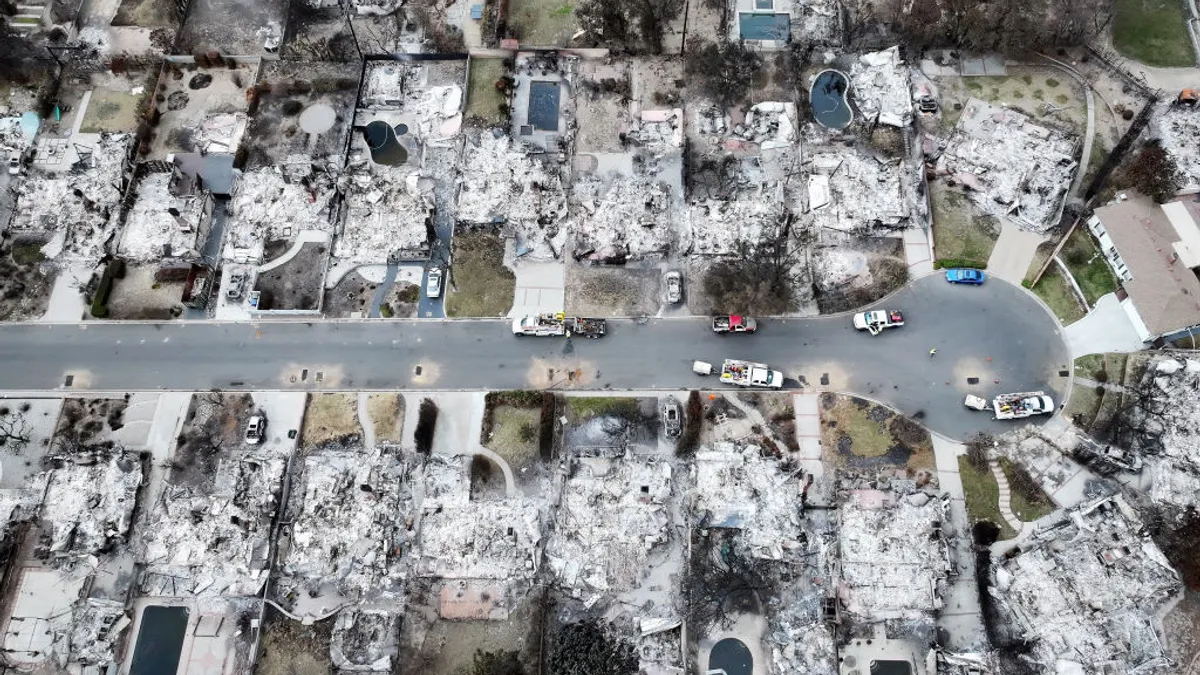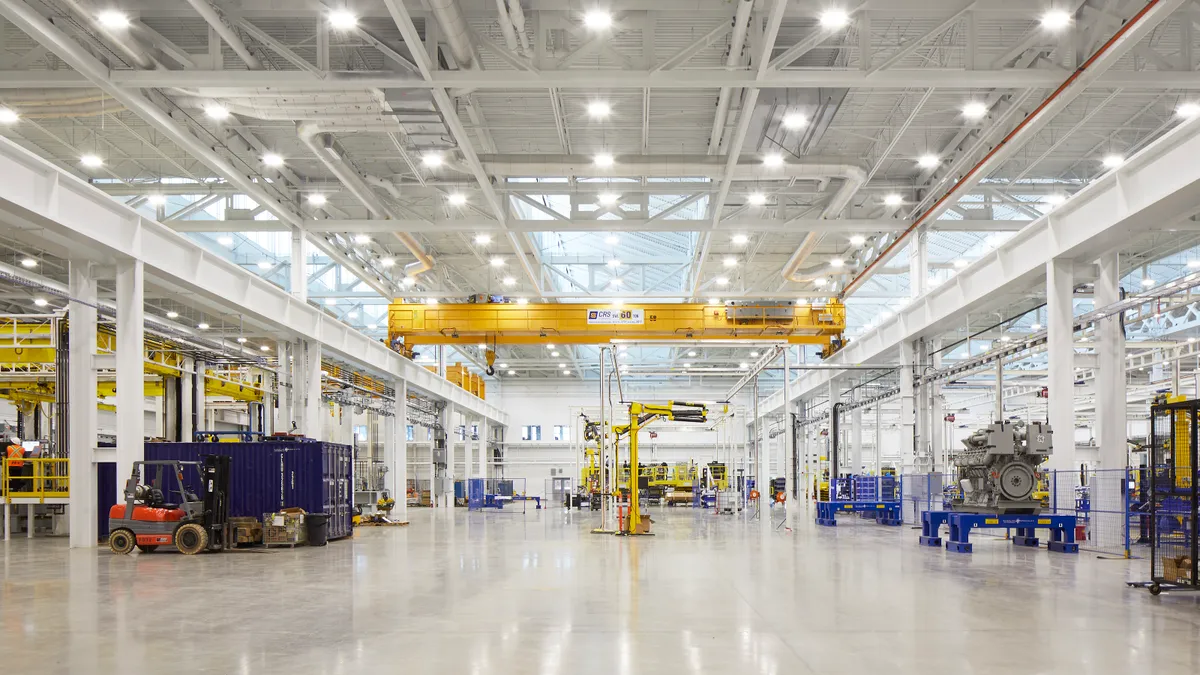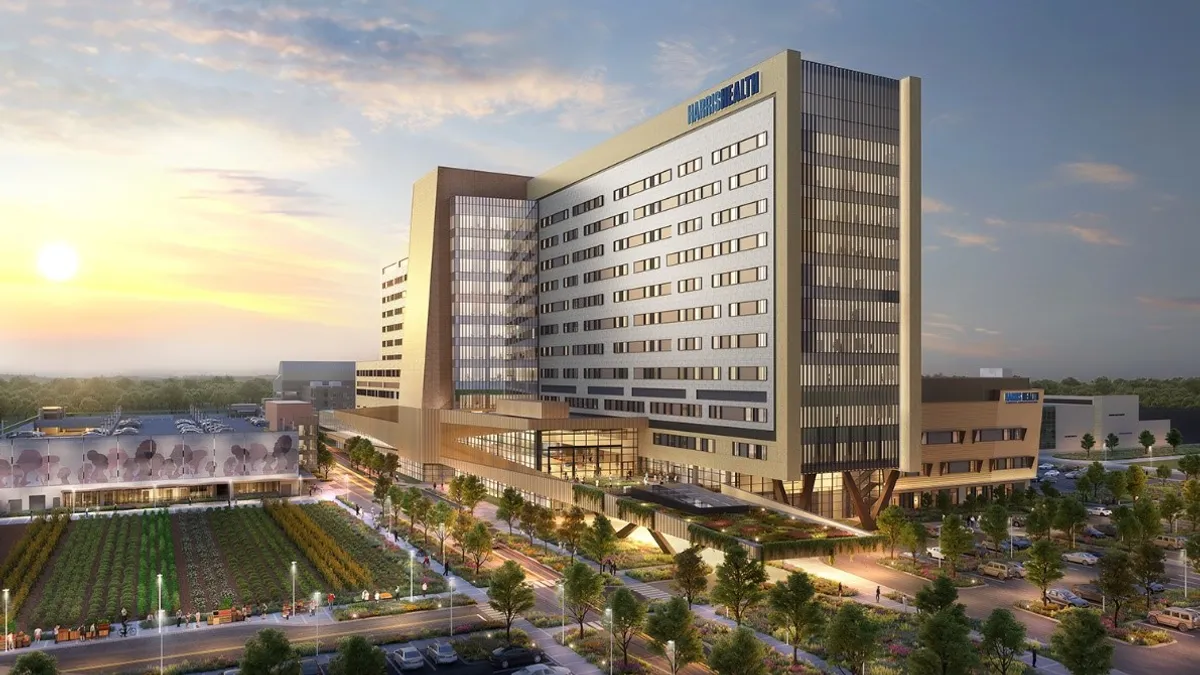The active-adult housing category is about to get even more active. As baby boomers age and many trade in their current properties for ones that better meet their needs today, homebuilders are responding with inventory meant just for them: single-family attached and detached homes in developments offering shared resources, access to retail and dining, nearby transit and services like maintenance.
“There’s a growing market for age-targeted and age-restricted developments,” said Kristine Smale, manager at John Burns Real Estate Consulting, noting that such communities are springing up beyond historically strong retirement states like Florida and Arizona. And just as there are many markets, so too are there many — sometimes conflicting — needs to address among members of this buyer group. For one, not everyone wants a smaller home.
A recent report from the Joint Center for Housing Studies of Harvard University offers some idea of just how great the demand in this category could be. Through 2035, more than 825,000 older-adult households are expected to move into new, owned homes while 1.6 million will move into rental properties annually. The first baby boomers reached the age of 70 last year and another 10,000 are turning 65 every day for the next 15 years — which is to say that the growth in this category is likely just getting started.
From economy to luxury
When Del Webb launched Arizona’s Sun City in 1960, the iconic desert retirement village offered one-story, 860-square-foot bungalows starting at $8,500. Today more than 55 years old itself, Sun City is still going strong and new active-adult developments are building on that early vision of providing a community setting for older adults, even if expectations have changed.
Early communities like Sun City were often built for those on a limited budget, according to Jim Rorison, president of Caldwell Homes, a division of Caldwell Companies, in Texas. “The homeowners weren’t necessarily into frills and they just wanted a comfortable house,” he said. “Today, they’re not willing to give up the lifestyle they may be leaving behind. Now they say, ‘Here’s what I had in my old home that I still want.’”
Often, that includes the square footage. Not all baby boomers want to downsize, according to a Demand Institute survey, in which 46% of respondents said they would look for more space. Retiring debt-free is also not the priority it once was. The survey found that more than half of those planning to move intended to take out a mortgage.
“Active-adult communities [today] are much different from 30 years ago,” Smale said. Not only are they more modern and technologically advanced, they are also less formal than the original communities. Instead of a large, formal ballroom or dining room for use by residents, she noted, the current trend is toward less-specific multipurpose rooms and poolside dining.
“Today, they’re not willing to give up the lifestyle they may be leaving behind. Now they say, ‘Here’s what I had in my old home that I still want.'"

Jim Rorison
President, Caldwell Homes
Beyond golf courses, most developments offer pickleball courts, lap and resistance pools and Pilates and yoga classes. Smale noted that residents are staying more active and desire not only walking trails but also areas for additional exercise along those paths.
According to Caldwell’s customer profile, homebuyers are most interested in an amenity-rich product with choices where lot size, community type and project location are concerned, Rorison said. “There are lots of opportunities today to service the buyer,” he said.
Reasons for moving
Competition for the active-adult market extends beyond individual communities as research continues to show that most baby boomers don’t want to move. A 2014 AARP Public Policy Institute report found that 87% of those age 65 and older want to stay in their existing home while 71% of 50- to 64 year-olds said the same. In its survey, the Demand Institute noted that one in five baby boomers were interested in moving to senior or active-adult housing.
Reasons for moving range from wanting a lock-and-leave lifestyle to being closer to family. One active adult community in Denver, The Grove Stapleton, chose to join the popular mixed-use urban neighborhood of Stapleton, which is also home to young families, single professionals and empty nesters. Some residents said they moved to the area to be nearer to their children and grandchildren, as well as for its proximity to medical services, hospitals, retail and dining options, and transportation.
Others are looking for warmer weather or a resort-style experience. One recent example is Latitude Margaritaville, a new development in Daytona Beach, FL. The partnership between Minto Communities and Margaritaville Holdings is the first in a series expected to roll out nationwide and will include a town center, fitness facilities, indoor and outdoor dining, and a private beachfront club.
Of those that move, most do so within their communities for the purpose of downsizing, according to a recent report from the National Association of Home Builders.
“Its focus is really on the look and lifestyle,” Mike Belmont, president of Minto’s Florida division, said of the Jimmy Buffett-inspired project. “At 55-plus, there is still a long life ahead. Just because they may be downsizing, it doesn’t mean they don’t want a premier lifestyle.”
What ‘active adults’ want
Outdoor living is a continuing trend across the residential construction space and the active-adult category is no exception. Such features are a priority in Minto’s developments, according to Belmont.
Rorison said Caldwell achieves its resident-lifestyle focus through its own market research along with a study commissioned with John Burns Real Estate Consulting. “They want the same type of spaces that they had before, including large great rooms, kitchens, master suites and expanded outdoor living spaces,” he said.
Other amenities that are increasingly in-demand among active-adult communities nationwide include: walking trails, community gardens and pet areas as well as rooms that easily convert between uses — such as a home office that doubles as a guest or ‘snore’ room — according to a list compiled by Florida-based residential architecture firm Housing Design Matters and Greenwood Village, CO-based interior design company Lita Dirks & Co. in Builder magazine.
“At 55-plus, there is still a long life ahead. Just because they may be downsizing, it doesn’t mean they don’t want a premier lifestyle.”

Mike Belmont
President, Minto Communities Florida
Open living areas are one universally popular feature among active-adult housing. Smale said outdoor kitchens, covered verandas and glass-pocket doors that can facilitate indoor-outdoor living are also popular in active-adult properties. Residents at Minto’s developments can also expect to find large verandas, communal kitchens and other areas that allow for group or family gatherings, Belmont said.
Not all active adults are retired, and even if many don’t work 9-to-5, they may do freelance or part-time jobs or participate in community organizing activities. As such, Smale noted, some owners now want a small meeting room available for shared use in their amenity package as well as more flexible office space in their home.
Strong demand ahead
The demand in the pipeline is set to grow as the number of individuals age 65 and older is expected to increase to 55 million in 2020 and to more than 70 million in 2030.
The National Association of Home Builders reported in February that its 55-plus Single Family Housing Market Index reached its highest level to date during the fourth quarter of 2016, with particular strength in the single-family and rental sub-sectors.
Rorison expects to see continued, dramatic increases in demand for active-adult communities. Belmont agrees, adding that the 55-plus market will keep growing in the near-term as baby boomers move through this phase of life. As for those looking further ahead, the Millennial and Gen X generations will follow, bringing their own unique sets of wants and needs.
“For anyone looking to go into this market, the future looks bright,” Smale said.




